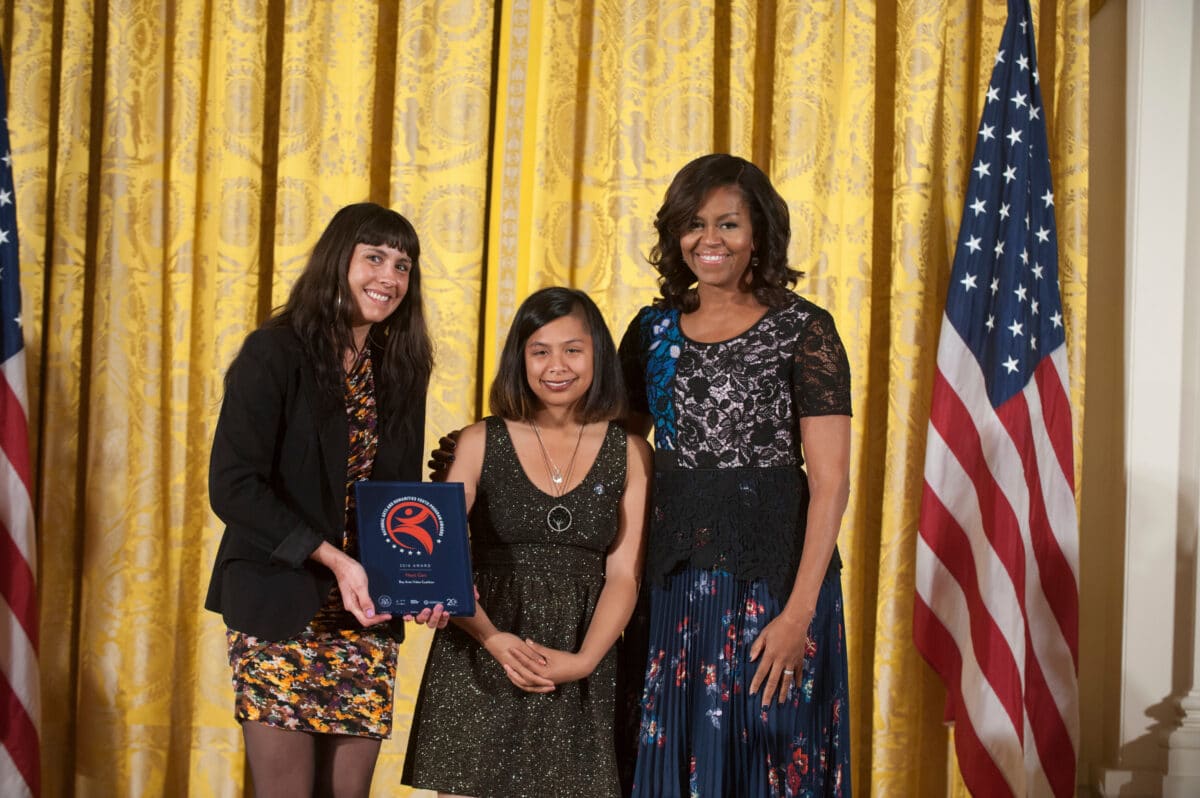

- #Bavc qctools how to
- #Bavc qctools install
- #Bavc qctools archive
- #Bavc qctools software
- #Bavc qctools download
#Bavc qctools install
Initiate the install by double-clicking the icon, and follow the steps.

#Bavc qctools download
Go to or Releases and download QCTools for your operating system.
#Bavc qctools how to
gz files, formatted according to the ffprobe xml standard).įor more information about the project, or to download the latest Mac/Windows/Ubuntu release, please visit BAVC's QCTools homepageĪn overview of QCTools and how to use it can be found here. The tool is flexible, providing a variety of viewing options, as well the ability to create and export reports (gzip, or. QCTools allows archivists, curators, preservationists and other moving image professionals to identify, filter, and assess all manner of video errors and anomalies. QCTools is funded by the National Endowment for the Humanities and the Knight Foundation, and developed by the Bay Area Video Coalition.ĭocumentation on how to use QCTools is available within the application under the Help tab or online here.
#Bavc qctools software
Spring.QCTools (Quality Control Tools for Video Preservation) is a free and open source software tool that helps users analyze and understand their digitized video files through use of audiovisual analytics and filtering. “Participatory Appraisal and Arrangement for Multicultural Archival Collections.” Archivaria, 63: 87–101. Finding aid at the Department of Special Collections, University Libraries, University of California, Santa Barbara. Arranging & Describing Archives & Manuscripts. “Seeing Archives: Postmodernism and the Changing Intellectual Place of Archives.” The American Archivist, 65(1): 24–41. “Colophons and Annotations: New Directions for the Finding Aid.” The American Archivist, 65(2): 216–30. “Archival Temples, Archival Prisons: Modes of Power and Protection.” Archival Science 2(3–4): 221–38. “‘Many Paths to Partial Truths’: Archives, Anthropology, and the Power of Representation.” Archival Science, 2(3–4): 209–20. “We Are What We Collect, We Collect What We Are: Archives and the Construction of Identity.” The American Archivist, 63(1): 126–51. “Stories and Names: Archival Description as Narrating Records and Constructing Meanings.” Archival Science, 2(3–4): 263–85. “RadTech Meets RadArch: Towards A New Principle for Archives and Archival Description.” Medium, April 6.

“Toward More Honest Description.” The American Archivist, 79(1): 26–55. Austin: University of Texas Press.ĭouglas, Jennifer. Flying Under the Radar with the Royal Chicano Air Force: Mapping a Chicano/a Art History. “Becoming Responsible Mediators: The Application of Postmodern Perspectives to Archival Arrangement & Description.” Progressive Librarian, 27: 52–63. “From Human Rights to Feminist Ethics: Radical Empathy in the Archives.” Archivaria, 81: 23–43. “Toward a Survivor-Centered Approach to Human Rights Archives: Lessons from Community-Based Archives.” UCLA.Ĭaswell, Michelle, and Marika Cifor. Austin: University of Texas Press.Ĭaswell, Michelle. ¡Chicana Power!: Contested Histories of Feminism in the Chicano Movement.

“In a ‘House of Memory’: Discovering the Provenance of Place.” Archival Issues, 28(1): 9–19.īlackwell, Maylei.
#Bavc qctools archive
“Disrespect des Fonds: Rethinking Arrangement and Description in Born-Digital Archives.” Archive Journal. Using the papers of Tere Romo, one member of the RCAF, this paper looks at how the archives of the RCAF have tended towards iconization-overshadowing the contributions of its female members-and explores ways in which archivists can reconsider the language of archives when processing and describing materials documenting collective action in American history.Ī correction article relating to this publication can be found here: īailey, Jefferson. Specifically, where collections are described to highlight the unique contributions of individuals, it is difficult to retain and promote the collective voice of action which made so many of these movements successful. While membership of the Royal Chicano Air Force (RCAF) and its activities are hard to calculate, its history has been shaped by a tendency towards iconization of the group’s male founders in archival description. This article addresses the Terezita Romo Papers, one of a handful of archival collections of the Royal Chicano Air Force-a large collective of young, mostly immigrant or first-generation Mexican American artists and activists who produced countless community events and art projects and programs in Sacramento, California during the second half of the twentieth century. University of California, Santa Barbara California State University, SacramentoĪrchival description, Collective action, Chicana art, Chicano movement, Sacramento Abstract


 0 kommentar(er)
0 kommentar(er)
